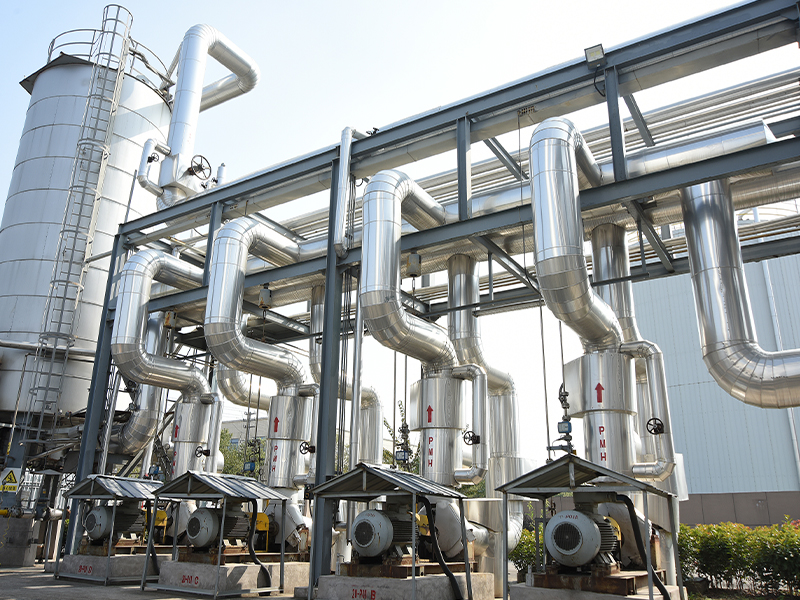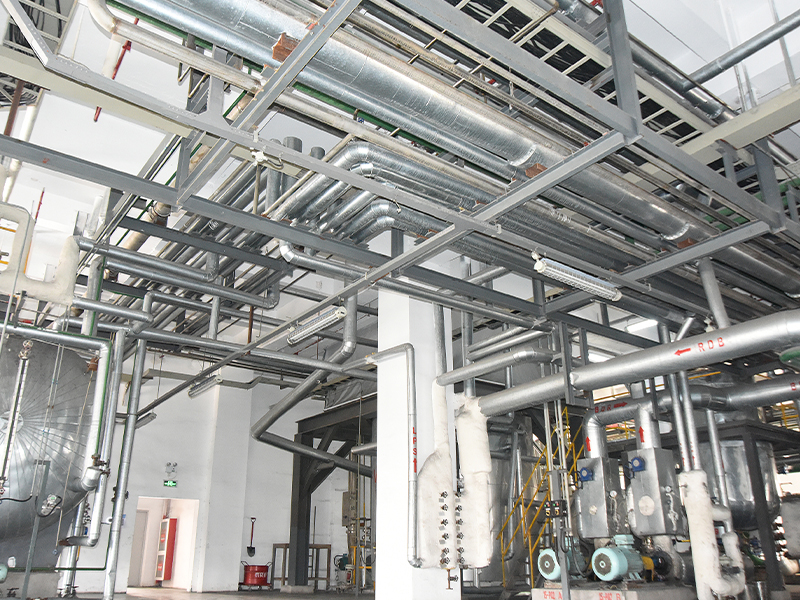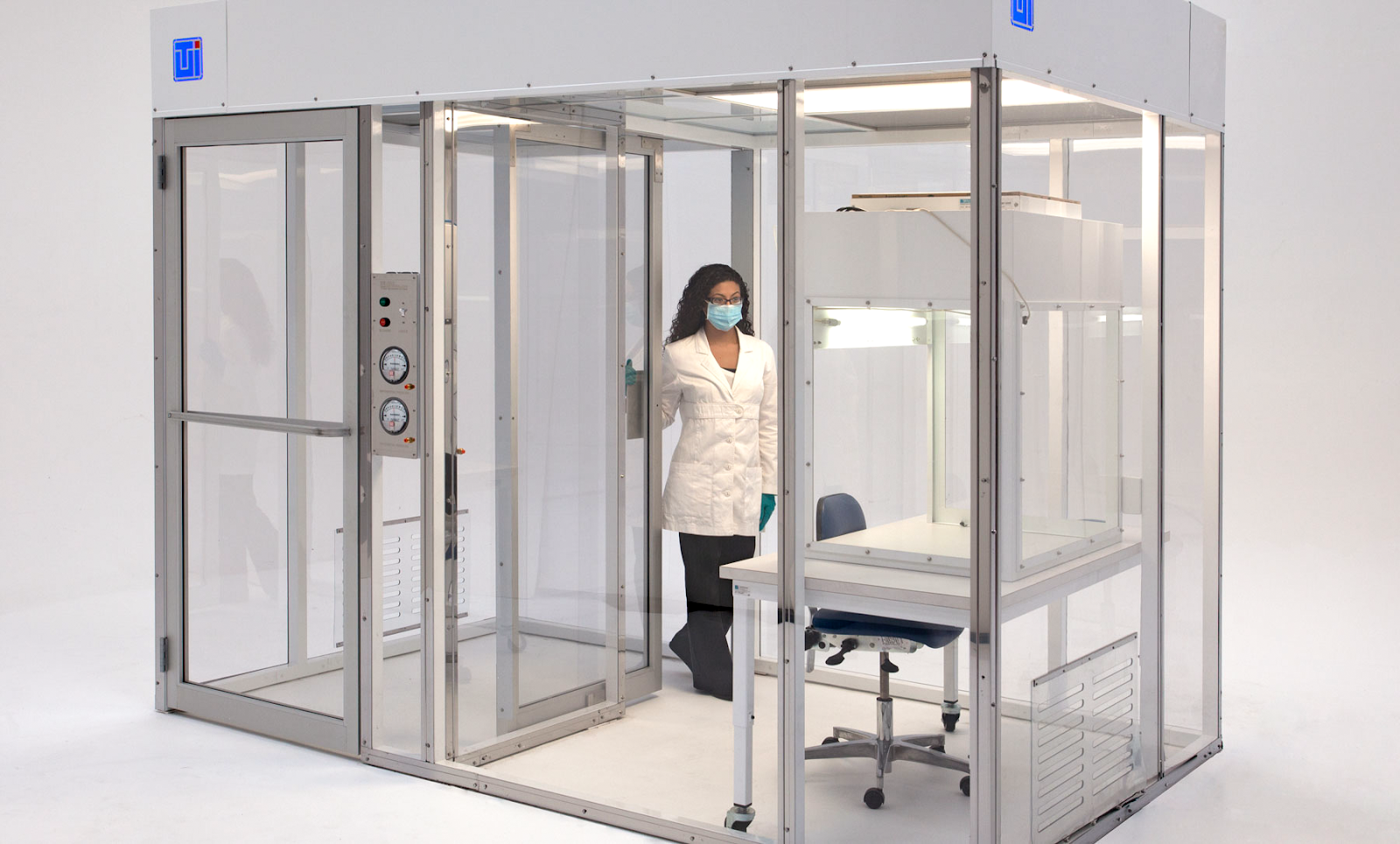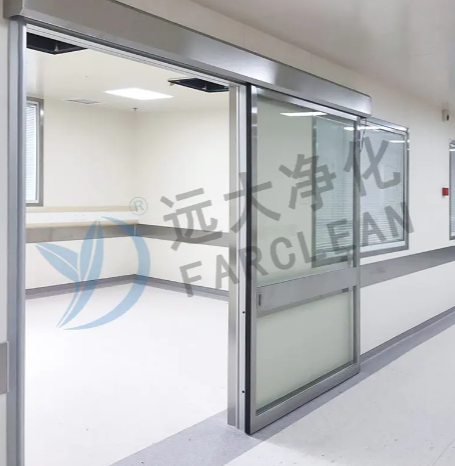Automatic sliding doors in clean rooms are designed to handle emergency situations like power failures or fire alarms without compromising the safety of the environment or the cleanliness of the space. The design and systems integrated into these doors ensure that the doors respond appropriately to different emergencies while maintaining the controlled environment. Here’s how they typically handle such situations:
1. Power Failures
Battery Backup Systems:
Many automatic sliding doors in clean rooms are equipped with a battery backup that kicks in during a power failure. These batteries allow the doors to continue operating for a specified period (often enough to allow personnel to exit or for the system to reset). The battery backup system ensures that the doors remain operational or can be manually operated if needed.
The battery backup is typically integrated with the door’s control system to ensure smooth transitions during power loss.
Manual Override:
In the event of a power failure, cleanroom sliding doors often include a manual override option. This allows users to manually open and close the door using a mechanical system, bypassing the automatic controls. This feature is critical in cleanrooms where maintaining airflow or pressure is important, and personnel may need to exit quickly.
Fail-Safe Modes:
Some doors are designed to automatically open in a power failure to allow people to exit safely. This "fail-safe" feature ensures that the doors don't lock or become inoperable during emergencies, avoiding trapping personnel inside.
If the door is normally held closed (e.g., to maintain air pressure), a power failure may cause it to fail open to prevent any obstruction in an emergency.
2. Fire Alarms
Fire Detection and Door Control Integration:
Automatic sliding doors in clean rooms can be integrated with fire detection systems. When a fire alarm is triggered, the door control system can be programmed to respond in specific ways based on fire safety protocols.
Emergency Mode Activation:
In the event of a fire alarm, the automatic sliding door may be set to open fully or stay open to allow safe evacuation and ensure that smoke or fire cannot spread into cleanrooms. In some cases, the doors may also open automatically to let emergency responders in.
Some systems have a "fire mode" in which the doors remain open (or close fully to contain smoke and fire) until the fire alarm is cleared. This helps to limit the spread of contaminants and to protect both personnel and the cleanroom environment.
Smoke Control and Containment:
For cleanrooms that are part of a larger facility, automatic sliding doors may be linked to smoke control or pressurization systems. If a fire alarm is triggered, the doors can help maintain the cleanroom's air pressure or ensure that smoke does not enter the controlled environment, which could otherwise compromise the cleanliness and safety of the space.
Automatic Locking or Sealing Systems:
Some cleanroom doors are equipped with automatic locking or sealing systems that activate during a fire alarm to prevent the spread of fire, smoke, or contaminants into the cleanroom. These seals are often designed to withstand higher temperatures and ensure that the cleanroom remains isolated during emergencies.

3. Compliance with Safety Standards
Regulatory Compliance:
Cleanrooms, especially in industries such as pharmaceuticals, biotechnology, and healthcare, are subject to stringent safety regulations, including fire safety. Automatic sliding doors for clean rooms must comply with local fire and safety codes, such as those outlined by OSHA (Occupational Safety and Health Administration), NFPA (National Fire Protection Association), and other relevant standards. This ensures that the doors function properly during emergencies, without obstructing evacuation routes or compromising the safety of personnel.
Fire-Rated Doors:
Some automatic sliding doors are built to be fire-rated, meaning they are designed to resist the passage of fire and smoke for a certain period (typically 30 to 60 minutes). These doors are critical in cleanrooms where controlling the spread of contamination and maintaining environmental integrity is paramount, even during a fire.
4. Emergency Signaling and Alarms
Visual and Audible Alerts:
Many automatic sliding doors in clean rooms are integrated with emergency signaling systems. When an alarm goes off (for a power failure, fire, or other emergency), the doors may display visual signals (e.g., flashing lights) or emit audible warnings to alert personnel to the emergency. This ensures that individuals are aware of the situation and can take necessary precautions.
Automatic Lock Release or Security Override:
In the event of a security breach or fire alarm, automatic sliding doors can be programmed to release any locks or security mechanisms that might prevent quick exit. This ensures that the doors open freely when needed and that personnel can evacuate safely.
5. Communication with Building Management Systems (BMS)
Integration with BMS:
Automatic sliding doors can be integrated with the facility’s Building Management System (BMS) or central control systems. In the event of an emergency, the BMS can send signals to the door system to adjust the door's operation based on the specific emergency (e.g., power failure, fire, or smoke).
This integration helps ensure that all systems work together, maintaining both the safety of personnel and the integrity of the cleanroom environment during emergencies.

 English
English русский
русский Español
Español





